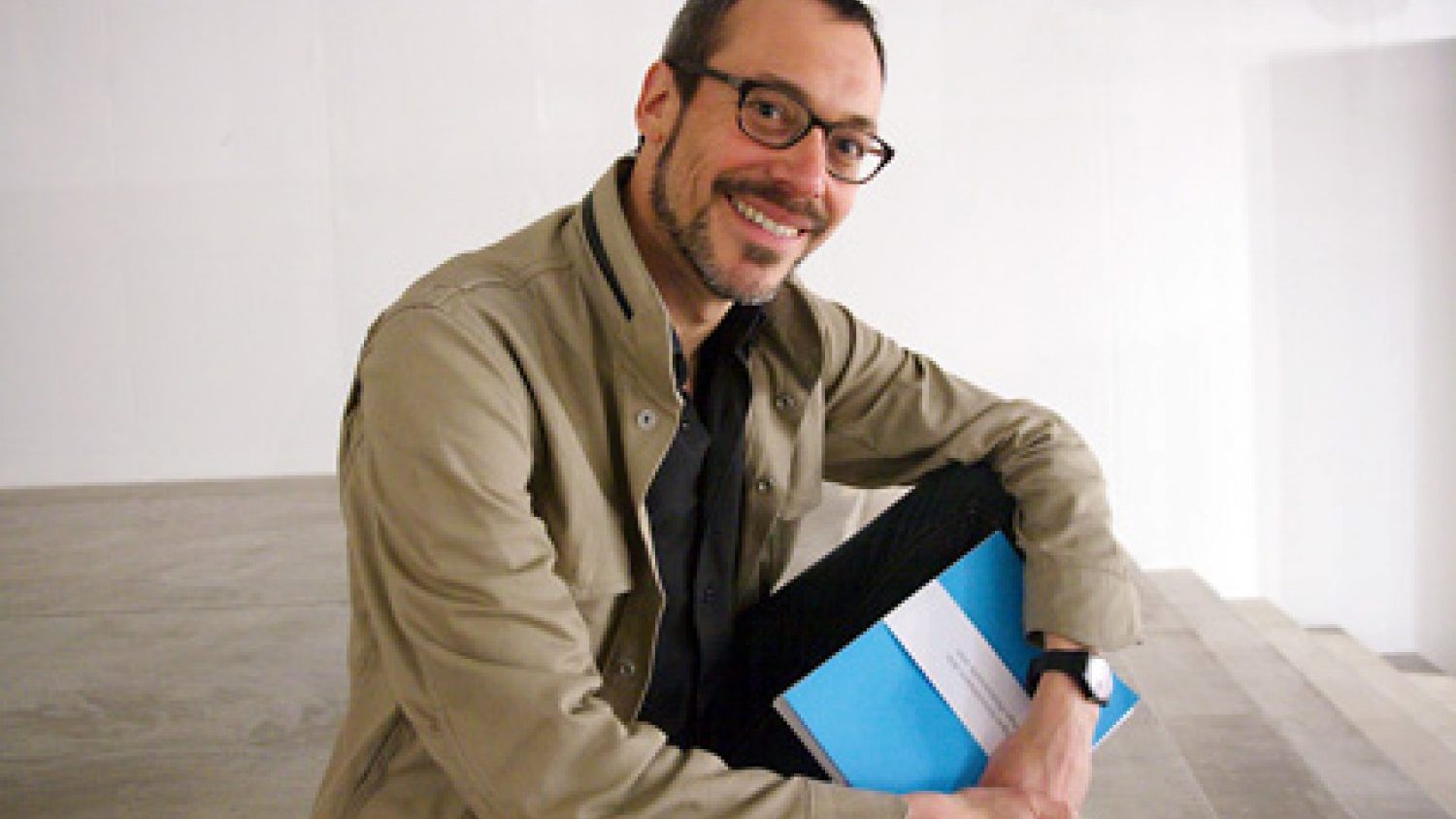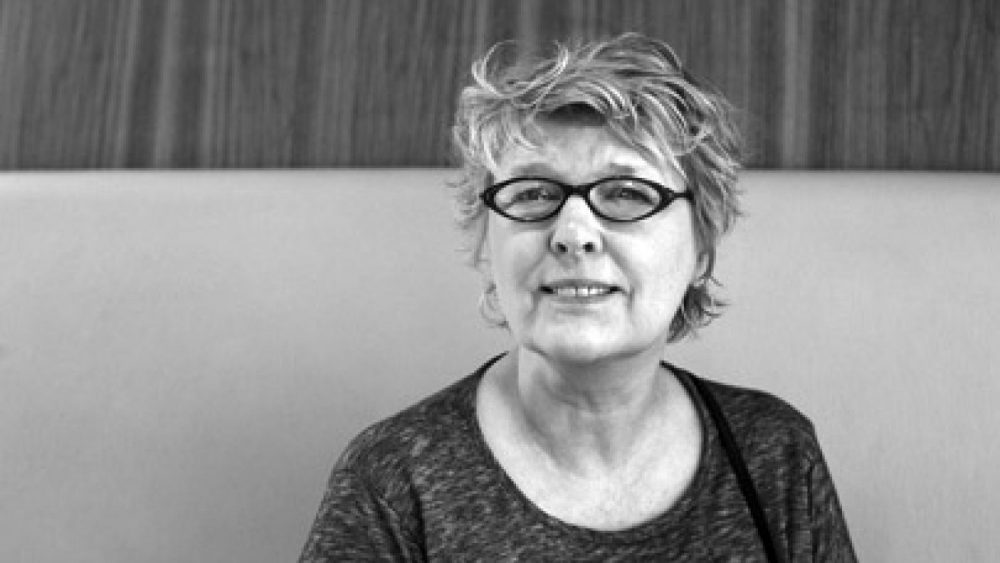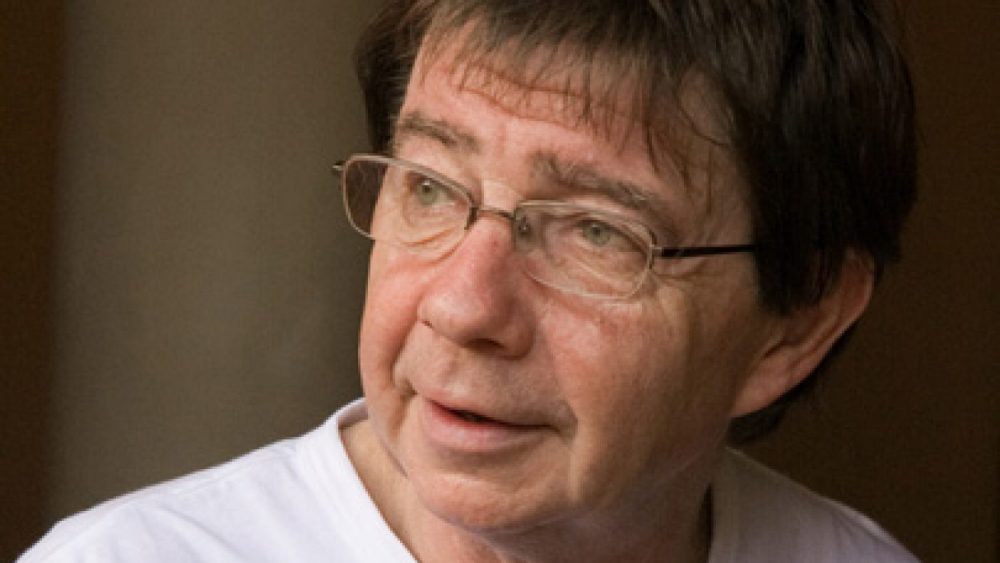10 minutes with Marc Prüst
During Riga Photomonth Latvia was visited by Marc Prüst (1975), who participated in portfolio reviews as a reviewer. He also read a lecture and informed about his observations in the development of photography as a genre. During the lecture Prüst provided a historical insight into the form of photography and its technological development, emphasized the uniqueness of photography as a medium, especially drawing audience’s attention to the significance of context and conception over the image.
Marc Prüst, a Dutch, who has been living in France for several years, is a well-known expert in photography and an independent curator, giving lectures on photography and consulting in book editing. Prüst has a more than 10 years experience in photography, working at the World Press Photo, cooperating with Agence VU, PrixPictet, Noorderlicht and individually consulting such photographers as Jeroen Toirkens, Wolfgang Müller, Nazik Armenakian and many others. When starting up a co-project with Prüst, his opinion should be taken into account – the basis for a successful work of photography is a currently important and interesting story.
What does it mean to be a photography consultant?
I mainly, but not exclussively, advice documentary photographers and photojournalists on their work. I advice photographers how to edit and create projects, establish marketing for the project in order to get the attention for their work. I usually do it on individual basis or as a workshop for a group.
Do you have your own preferences with what kind of photographers you prefer to work with?
It depends. For me photography is a visual language, it is a medium and a way to transfer information, so I am very interested in story-telling, the process of creating a story and trying to find ways to get this story understood by a wider audience. So basically, I can be hired by anybody, but if I don’t think that the story is there, it is going to be very difficult to work with me. It needs to be a personal connection and a common ground with a photographer and his body of work to make the cooperation successful.
Your educational background is in a different field. How Political Science works together with photography?
Yes, it is completely different. I studied International relations – Political Science and Japanese. It is not a visual education, but I think my education is quite useful. With my background in political science I can place stories and understand what’s behind it. Also, how to transmit the information. In politics and international relations you need to analyze and select certain elements in order to understand what’s going on. And the process of selecting and giving hierarchy to events and to create a narration based on those events, that’s, at the end, is not so different from photography. Considering where I come from which is very much documentary, photojournalism, World Press Photo (WPP), it is much more about the background of the images than the images themselves.
What did you learn from working for WPP and was it your first connection to photography?
It’s not really my first connection to photography. When I was studying in Japan I bought a camera. After I returned to the Netherlands, I took some photo courses and realized quite quickly that I was not really talented in taking pictures. But I had a very good teacher, who taught me how to look at the photography and to find out the differences between visual and spoken language. That really gave me a good foundation. Then joining the WPP, co-organizing the competition, starting to organize the exhibitions and assisting the jury process when at that time we had 60 to 70 thousands images being submitted… Well, I just loved being there! Seeing the whole process, how the photos were selected and eliminated and how the jury came to its conclusions. That was the best photographic training I could have.
Can you tell about some projects you have been collaborating with?
I worked on two books with one photographer Jeroen Toirkens. His first book is called Nomad and I think Jeroen Toirkens has been a really good example in building his own support base. What he did, he photographed the nomadic life in the North for 10 years, travelling around the world and shooting the parts of the project. At first he funded the project by grant, small assignments and some self-investment, but while he was working he started reaching out to people by talking, by giving lectures and making slideshow evenings. He even started a foundation called Nomads’ Life that gave small scholarships to Mongolian girls, so that they could go to school. Through that process he got in touch with a lot of people. Meanwhile, he sent newsletters keeping people updated about the project and that’s how he got a strong following. When the project was finished, he found a publisher, who said that they can do a book, but he would have to buy 500 books himself. Toirkens agreed on that, and by announcing it on his newsletter, he sold 350 copies in two months.
But what was your input in this project?
We collaborated on the edits for the both books. He has seen me working on another project and when he approached me, he said that he has all those pictures and now is making a book and asked if I could help him. He showed me the work and I loved it. For the first book, my input was not so much in sequencing photos, more talking to him, to understand what did he go out to search for and why, cause it is not just a collection of great photos. Together we were able to find the story he wanted to tell. Then to find the pictures that could transfer that message. Selection of photos was still hard, but relatively easier once we knew what the story he wants to tell. We did the same for a second book Solitude, which I think worked as good as a first one.
What do you think about self-publishing?
Nowadays everyone can connect to one’s own audience, as well to find one’s own group of supporters. That has never been possible before. With the internet and all the mobile technologies photographers are able to self-publish their work and find who would be interested in it and get it out there, sell it. The risk is that you self-publish 500 copies of a book without considering who would be interested in buying it and then you just get stuck with 495 books under your bed – and that’s a risk of self-publishing.
What would be your advice for young photographers?
I can’t really give any general advice as each case is very personal and different. But for me it is important that photographers know that photography has a history, a culture and that it has been around for at least 180 years. Photographers have to know what has happened before in order to move on. For me – just to collect moments like decisive moments is not really enough. I think the future of photography is to tell the story.



